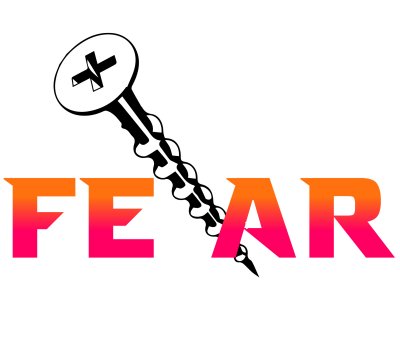Harriet Tubman was an American abolitionist and political activist who helped hundreds of enslaved people escape to freedom via the Underground Railroad. Despite facing the dangers of travel and the threat of capture and punishment, Tubman continued to work to promote freedom and equality for all people, even after the end of slavery.
She was a woman of immense courage and strength who dedicated her life to fighting for the freedom of African Americans. She bravely confronted her own fears to lead a series of daring escapes on the Underground Railroad, assisting countless slaves in making their way to freedom. Despite the overwhelming obstacles and dangers she faced, Harriet Tubman never wavered in her commitment to the cause of freedom. In this blog post, we will explore her incredible journey from fear to freedom.
Tubman’s life of slavery
Harriet Tubman was born into slavery in 1820 and endured a life of hardship and oppression. She was separated from her family at a young age and endured physical and mental abuse. She was even injured when she was struck in the head by an overseer, leaving her with severe headaches for the rest of her life. Her bravery and determination led her to escape slavery, eventually freeing herself and many others.
Tubman’s escape from slavery was not easy, as she risked her life multiple times to cross the Mason-Dixon line and venture into free states. She also endured tremendous fear as she navigated the Underground Railroad. However, this did not deter her from her mission to help others achieve freedom. She often returned to slave-holding states to rescue family members and other slaves, guiding them safely to the North. She was an important figure in the abolitionist movement and helped to promote freedom for all.
Her escape from slavery
Harriet Tubman’s life as a slave was filled with incredible hardship, but it did not stop her from ultimately achieving her freedom. In 1849, Tubman decided to escape slavery and follow the Underground Railroad north. It was a dangerous journey that required courage and careful planning.
With the help of the Underground Railroad network, Tubman eventually made her way to Pennsylvania. She then traveled north to New York City, where she had family who had been freed from slavery. But Tubman’s journey didn’t end there. Even though she was now free, she felt an obligation to help other slaves escape from their own oppression.
Tubman made the treacherous journey back south 19 times, leading dozens of other slaves to freedom along the way. She navigated in secrecy and acted quickly, often making several trips in a single year. All of this was done at great personal risk, as Tubman could have been captured and returned to slavery if she were caught.
Tubman’s bravery and determination were remarkable; she helped hundreds of people gain freedom from slavery. Her story is a powerful example of how one person can make a difference in the lives of many.
The Underground Railroad
Harriet Tubman was a key figure in the fight for freedom from slavery. After escaping from slavery in 1849, she devoted her life to helping others do the same. To achieve this goal, Tubman created the Underground Railroad—an elaborate network of secret routes and safe houses that slaves used to travel north to freedom.
Tubman herself became known as the “conductor” of the Underground Railroad, as she made frequent trips back to the south to lead enslaved people on the dangerous journey northward. She had an intimate knowledge of the land and its secret hiding places, and often used these to help hide those fleeing.
Not only did Tubman lead the way on this dangerous trip, but she also provided food, clothing, and emotional support for those who were escaping. Her perseverance and courage were an inspiration to all of those who were willing to risk their lives for a chance at freedom.
The Underground Railroad wasn’t without risks, as Tubman and those who followed her were always in danger of being caught by slave catchers. Despite this danger, Tubman is credited with helping hundreds of slaves escape and start new lives in freedom. The Underground Railroad became an important symbol of hope for many and ultimately served as a stepping stone to freedom for countless African Americans.
Promoting freedom for all
Harriet Tubman was a passionate advocate for freedom and justice, and she continued to fight for these causes long after she herself escaped slavery. Despite facing harsh opposition, she used her fear as a catalyst to push forward in the fight for freedom.
When Tubman began her work on the Underground Railroad, she became known as the “Moses of her people,” leading more than 300 slaves to freedom. She worked as a conductor, a nurse, and a cook while working on the Underground Railroad. In addition, she worked tirelessly to help former slaves find employment, and she provided assistance to those struggling with poverty.
In addition to her work with the Underground Railroad, Tubman was an active supporter of the Abolitionist movement. She worked with prominent figures in the movement such as William Lloyd Garrison and Sojourner Truth. She organized meetings, gave speeches, and advocated for a variety of rights for African Americans.
Tubman also became involved in the women’s rights movement and worked with figures such as Susan B. Anthony and Elizabeth Cady Stanton. During this time, Tubman advocated for the right of women to vote and own property, among other things.
Harriet Tubman’s tireless efforts helped promote freedom and justice for all. By overcoming fear, she was able to make a lasting impact on society. Her legacy is still alive today as she continues to inspire people to work together for a better future.

